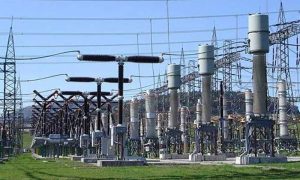The Economic Survey 2020-21 has penned down the dependability of Pakistan on energy imports. The main reason is the lack of investment in indigenous resources of hydro, natural gas and lignite. As the government has decided to stop building new coal-fired power plants because of environmental issues, this signals towards the exclusion of major chunk of Electricity from main grid. Though, fiscal sustainability has become a challenge due to increase in energy payments. This energy deficiency began from a fuel mix transformation which was initiated two decades ago, when power generation used to rely more on imported furnace oil than hydropower. Pakistan’s energy sector is challenged with some issues which need to be filled up along with improvement in energy-mix. Till April, FY2021, installed capacity of electricity reached 37,261 MW, as compared to 35, 972 MW during the same period of 2019-20, posting a growth of 3.6 percent. The hydro share in total electricity generation has declined in FY2021 as compared to its share in FY2020. Currently, thermal has the largest share in electricity generation. Moreover, its percentage share in FY2021 has increased as compared to FY2020. The country’s installed capacity of electricity has posted a growth 3.6 percent to 37,261 MW till April 2021, as compared to 35, 972 MW during the same period in 2019-20. No major significant change has been witnessed in its consumption pattern. During July- April FY2021, the share of agriculture in electricity consumption remained constant. To supply it at lower cost as well as fixation of other energy related issues is the need of hour. Along with the ongoing mega hydro power projects, present government is also tailing renewable energy sources which are cost redeemable to improve the existing energy mix in the country. However, the share of industry in electricity consumption has increased which shows restoration of economic activities.








